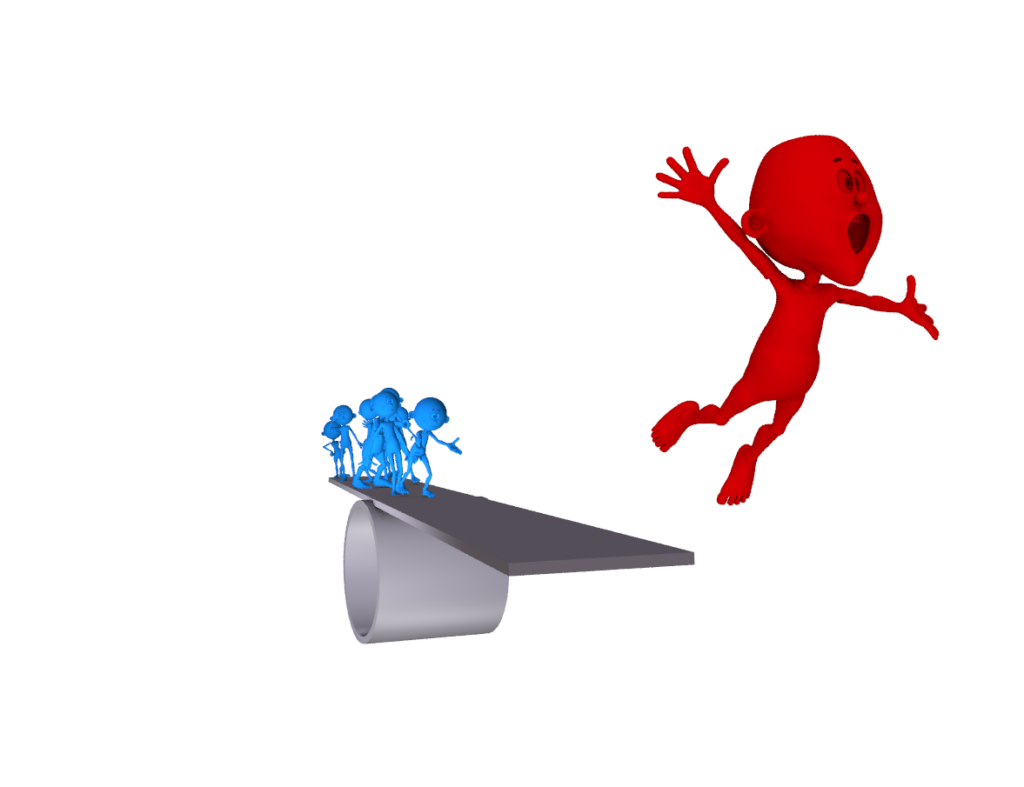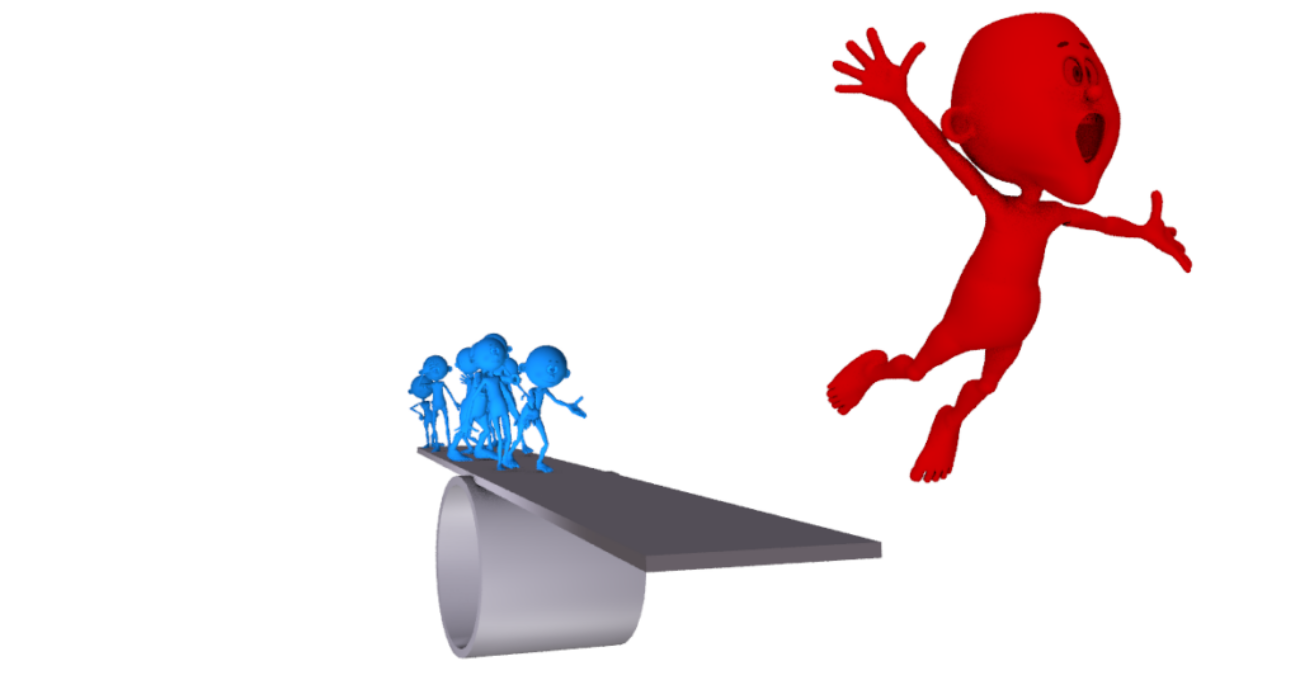1 in 10
When UB40 sang ‘I am the one in ten’, the song was one of despair – despair at the then unemployment rate in their part of the UK. I happened to get really agitated a few years back over another ‘one in ten’ – seems a little ironic now for someone masquerading as a 10th man!
I’d gotten into an email discussion with a health researcher from Wellington who was conducting some contract research on the Green Prescription scheme. She was pretty chuffed that they were having an impact on around 10% of the individuals that started the scheme. I didn’t think that was terribly impressive and said so! Admittedly I was a bit grumpy over my lack of progress in convincing others that physical educators, the exercise professionals who were actually trained for that type of work, should be given the opportunity to be involved. So, things got a little heated when I suggested to her that I’d probably be looking for another career if I was only 10% effective in my work. I reckoned – the wrong people using the wrong messages and wrong approaches! Great intentions though.
The wrong people – I get that doctors, physios, and occupational therapists are professionals who already embedded in the health care system, but being well placed is not the same as being well prepared. If you don’t have a great academic and professional grounding in exercise, you are probably going to rely heavily on generic guidelines, and remain convinced that if you tell people that something is important, that they will simply do it.
As for the wrong messages – yes, I’m on my hobby horse again! When biomedical models are applied to physical activity and health, there’s a tendency to view disease or ill health solely in terms of somatic dysfunction (Engel, 2012). The reasoning seems to be that if the physical factors suggested to contribute to ill health can be identified, and exercise can correct deviations from normal in those factors, then exercise must, therefore, cure or improve the condition or disease.

When it was launched, the Green Prescription scheme promoted exercise as first and foremost a treatment; a non-pharmacological, non-surgical intervention to improve medical status. With that approach, there’s an underlying assumption of a treatment- effect sequence. By that I mean there’s a tacit expectation that the issue being treated will improve with the prescribed treatment course. If I’m diagnosed as hypertensive and exercise is the treatment, I’m going to expect with time to be normotensive. If I’m diagnosed as obese, I expect with exercise to become non-obese. We have been conditioned to rely on a dose-response relationship, particularly when it comes to our health.
If a health marker (like blood pressure) is identified as deviating from ‘normal’ we’ve inevitably introduced some expectations around that measurement. I’d want to know how much change is needed to get back to ‘normal’, and what sort of time frame should I expect for that change to occur. Health is expected to improve with activity, and whatever it is we are measuring is also expected to improve in a measurable and timely fashion. The ends (health) may justify the means (being physically active), but what happens **when the ‘ends’ are not **realised? If my markers of health don’t improve, my trust in exercise is likely eroded, making the subsequent contemplation of becoming more physically active progressively more challenging.
In these respects what individuals now expect from physical activity has changed significantly; it’s assumed a higher order utility (Neville, 2013). Regrettably this model privileges, and becomes dependent on health and physical benefits from exercise, and marginalises all else. The fun and enjoyment of physical activity and play, the social connections and the satisfaction of exercising are subjugated by the quest for measurable changes in health.
I fully accept that health benefits may be a primary exercise motive for some individuals, and I know that schemes like the Green Prescription are helping many people to realise those goals – it’s the other 9 out of 10 that are maybe getting turned off in the process, that bothers me. To physical educators, health and wellbeing improvements are highly valued but are simply positive side effects that come from engaging in physical activity. Focusing on one small element, while ignoring the greater good of physical activity, ultimately alters what people expect from physical activity and the way that physical educators must practice. A simple shift in focus to frame physical activity as something other than a medical dose, could change public perceptions and make physical activity more embraceable, palatable and doable.
Selected references
- Engel, G.L. (1977) The Need for a New Medical Model: A Challenge for Biomedicine. Science 196(4286):129–36.
- Handcock, P., & Tattersall, K. (2012). Occupational therapists beware: Physical activity guidelines can mislead. British Journal of Occupational Therapy, 75(2), 111–113. doi: 10.4276/030802212×13286281651270
- Handcock, P., & Jenkins, C. (2003). The Green prescription: A field of dreams? [Viewpoint]. New Zealand Medical Journal, 116(1187). Retrieved from http://journal.nzma.org.nz/journal/116- 1187/713/content.pdf
- Neville, R. D. (2013) Considering a complemental model of health and fitness. Sociology of Health & Illness, 35(3); 479–492.
